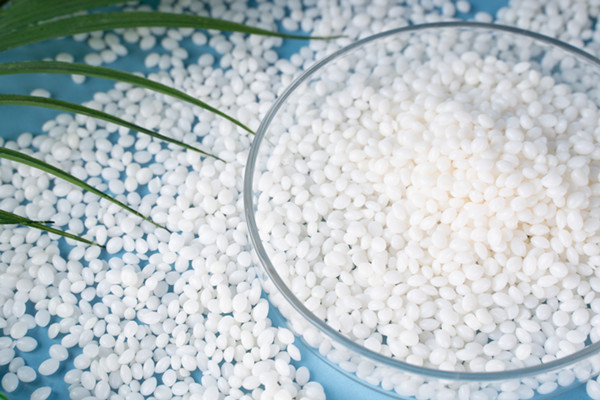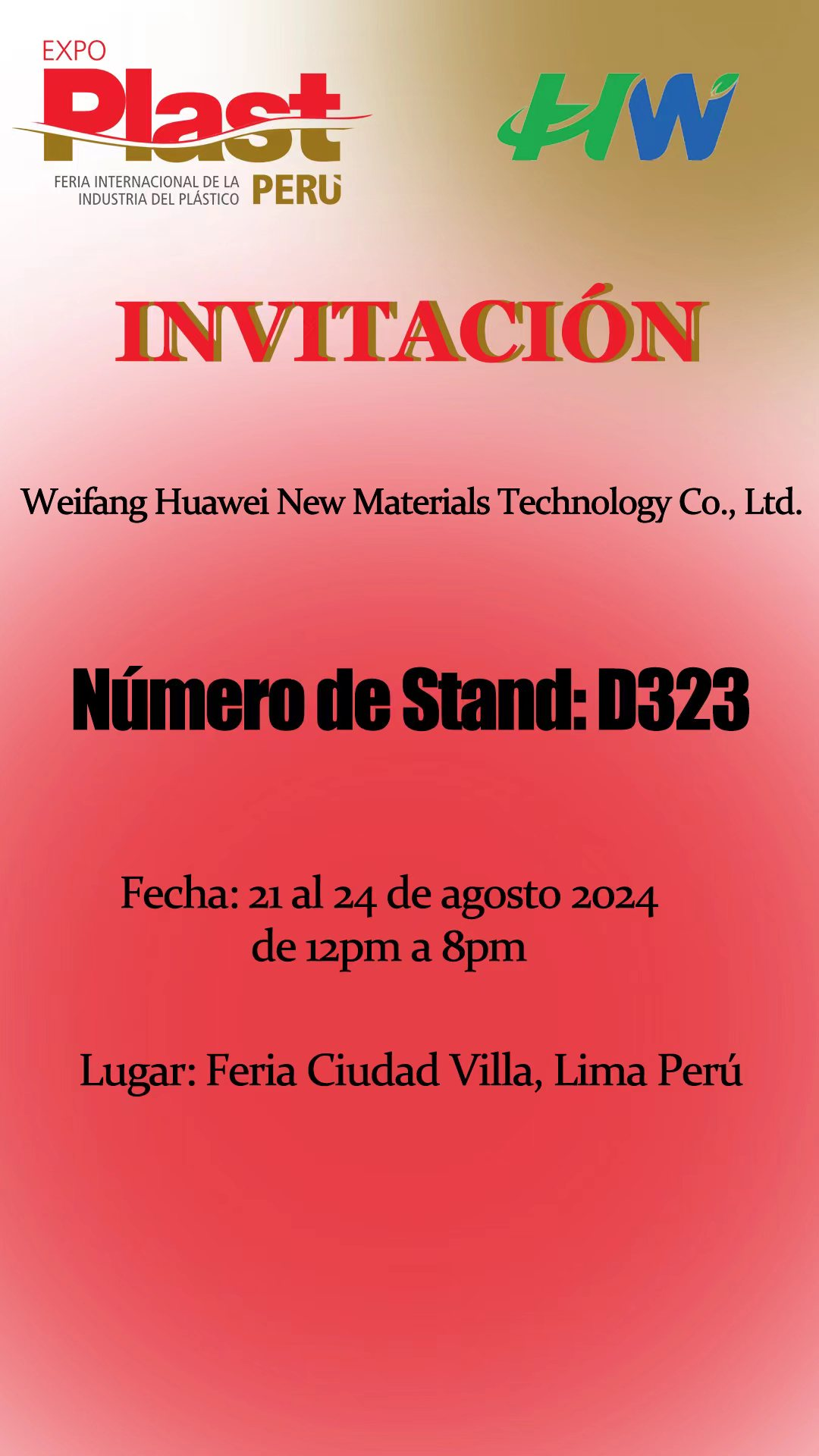Plastics have been one of the most widely used materials across various industries for their versatility and cost-effectiveness. However, with the increasing awareness of the environmental impact of plastics, there has been a growing demand for sustainable and biodegradable alternatives. PBAT plastic is one such alternative that has gained popularity in recent years. In this article, we will discuss what PBAT plastic is and what it is made from.

PBAT, or polybutylene adipate terephthalate, is a biodegradable plastic that is derived from renewable resources. It is a type of polyester that is often used as a substitute for traditional plastics, particularly in applications where biodegradability and compostability are desired. PBAT plastic can be processed using conventional plastic processing techniques, such as injection molding, extrusion, and blown film.
PBAT plastic is made from four main components: adipic acid, terephthalic acid, 1,4-butanediol, and polybutylene succinate. These components are combined in a process called polycondensation, where the molecules are bonded together to form the polymer.
Adipic acid is a dicarboxylic acid that is derived from petroleum or plant-based sources such as corn. Terephthalic acid is also a dicarboxylic acid that is often made from petroleum-based sources. However, it can also be derived from renewable sources such as corn or sugar beets. 1,4-butanediol is a diol that is derived from fossil fuels or renewable sources such as corn or sugarcane. Polybutylene succinate is a polyester that is made from succinic acid and 1,4-butanediol.
The combination of these components produces a plastic that is both biodegradable and compostable. PBAT plastic can decompose under certain conditions, such as exposure to heat, moisture, and microorganisms, into carbon dioxide, water, and biomass.
PBAT plastic offers several advantages over traditional plastics. Firstly, it is biodegradable and compostable, which means that it can break down naturally in the environment without causing harm. This makes it an excellent choice for single-use items, such as packaging, that would otherwise contribute to the growing problem of plastic waste.
Secondly, PBAT plastic is made from renewable resources, which reduces the dependence on non-renewable fossil fuels. This also makes it a more sustainable option in the long term.
Thirdly, PBAT plastic can be processed using conventional plastic processing techniques, which means that it can be easily integrated into existing manufacturing processes without requiring significant changes or investments.
While PBAT plastic offers several advantages, it also has some limitations that need to be considered. Firstly, PBAT plastic is not suitable for all applications. It has lower heat resistance and mechanical strength compared to traditional plastics, which limits its use in applications that require high durability and strength.
Secondly, PBAT plastic is not suitable for recycling in traditional recycling facilities. This is because it can contaminate the recycling stream and reduce the quality of the recycled material. PBAT plastic requires specialized facilities for composting, which may not be readily available in all areas.
PBAT plastic is a biodegradable and compostable plastic that is made from renewable resources. It offers several advantages over traditional plastics, including reduced dependence on non-renewable fossil fuels, biodegradability, and compostability. However, it also has some limitations that need to be considered, including lower heat resistance and mechanical strength and the need for specialized composting facilities. We are a PBAT plastic supplier. If you are interested in our products, please contact us now!
